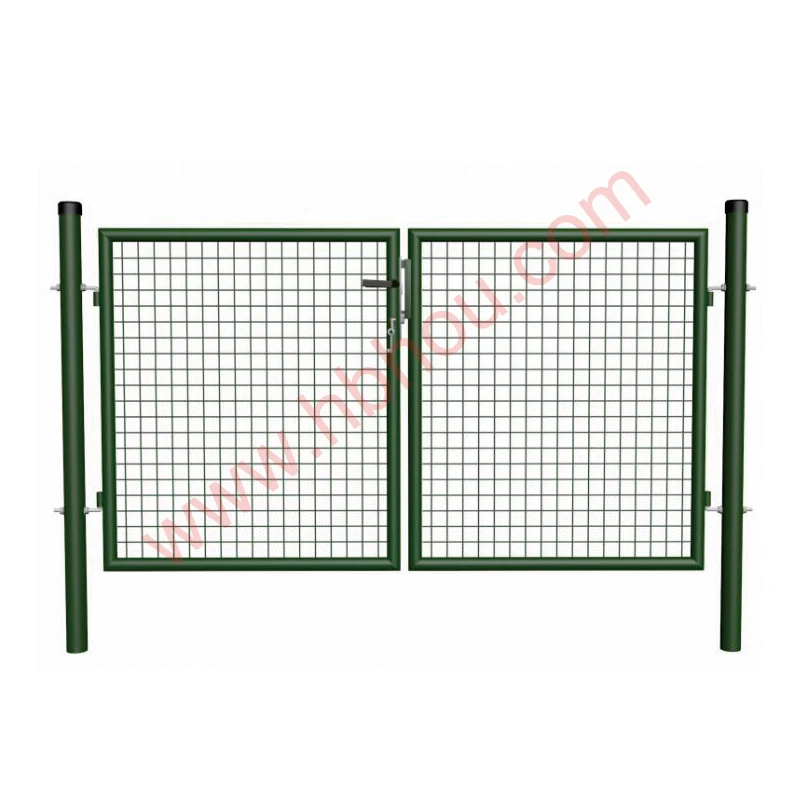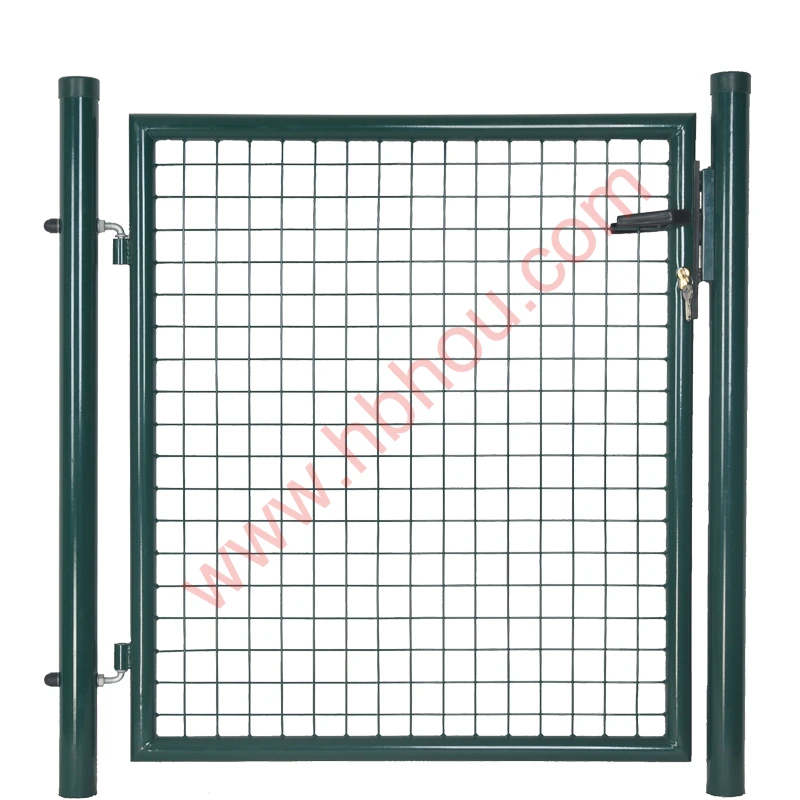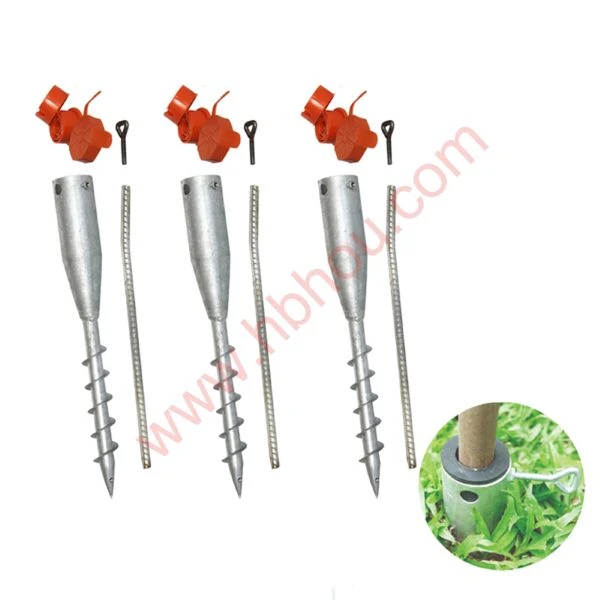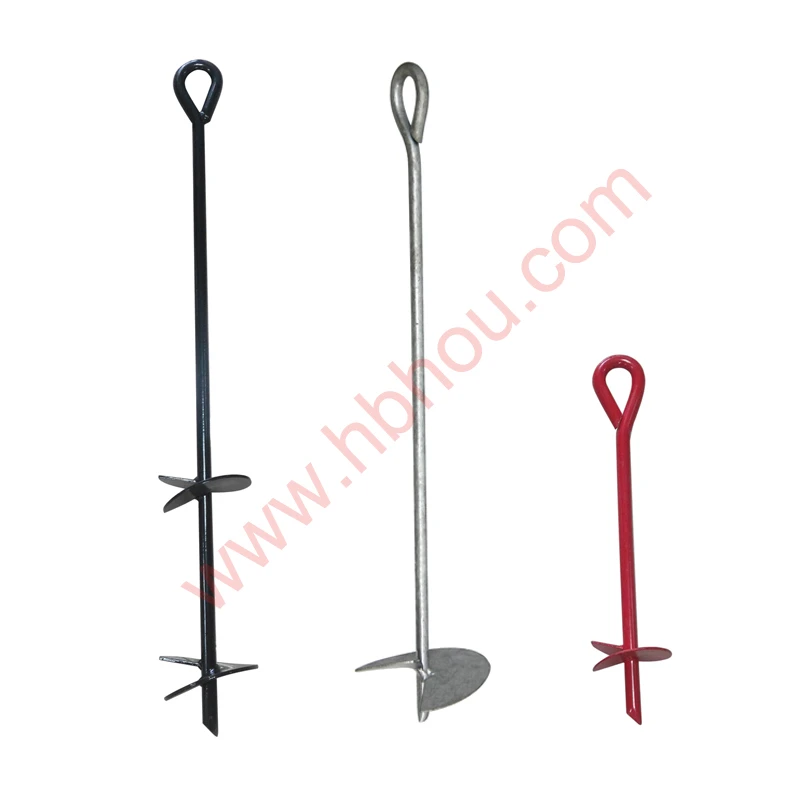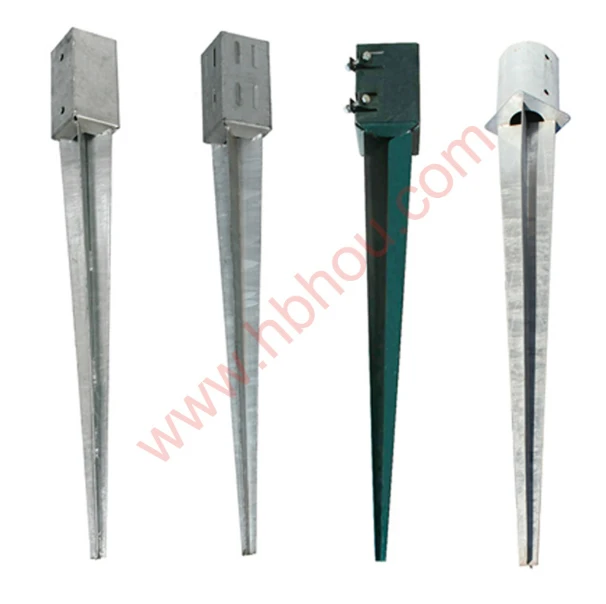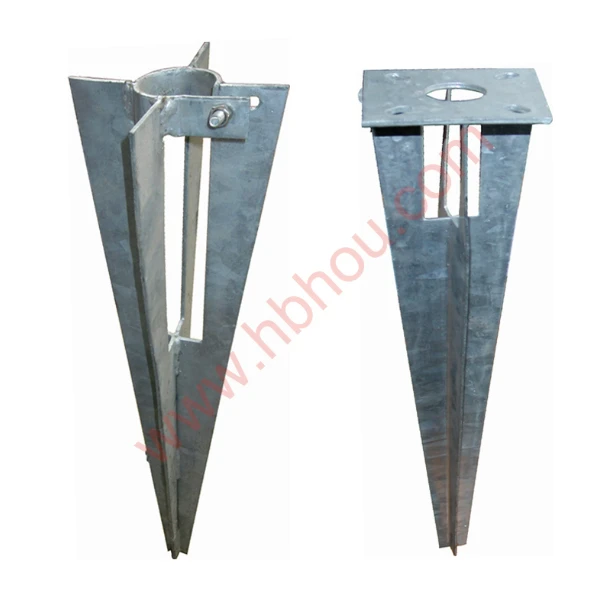Setting Fence Posts in Cold Climates
Building a fence is an essential task for many property owners, whether for privacy, security, or to define boundaries. However, in cold climates, the task of setting fence posts requires special considerations to ensure they withstand the harsh conditions and remain sturdy over time. When temperatures drop and the ground freezes, the soil becomes challenging to work with, but with the right techniques and materials, you can successfully install fence posts that will last through the seasons.
Understanding Ground Frost and Its Impact
In cold regions, ground frost can significantly affect the integrity of fence installations. When the ground freezes, the soil expands and contracts, which can lead to movement and instability in fence posts. It is essential to install posts below the frost line, the depth where the ground remains unfrozen during winter. This depth varies depending on geographical location but typically ranges from 30 to 48 inches in many areas. To find the exact frost line in your region, it’s advisable to consult local building codes or soil experts.
Choosing the Right Materials
Selecting durable materials is crucial when setting fence posts in cold climates. Wooden posts may be treated with preservatives to resist moisture and rot, but they can still be affected by extreme temperatures. Therefore, using vinyl or metal posts might be a more suitable option, as these materials do not expand or contract with temperature changes and typically resist freezing conditions better.
Additionally, ensure that any concrete or fasteners used for securing the posts are rated for outdoor use and can withstand the freeze-thaw cycles
. High-quality concrete mixtures that include additives can provide extra durability against cracking as temperatures fluctuate.The Installation Process
1. Planning and Marking Before digging, plan your fence layout carefully. Use stakes and string to mark the positions of each fence post accurately. This will aid in maintaining a straight line and the correct spacing throughout the installation.
setting fence posts in cold climates
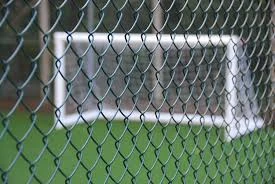
2. Digging the Holes When temperatures are at or below freezing, the soil may be hard. It’s best to use a post hole digger or auger to bore through the frozen ground. If the ground is particularly challenging, consider using water to thaw the soil slightly, but take care to avoid creating mud which could interfere with the installation.
3. Depth Matters Dig each hole to a depth that exceeds the local frost line, typically 3 to 4 feet deep. The width of the hole should be approximately three times wider than the diameter of the post to provide stability.
4. Setting the Posts Place the post in the center of the hole and ensure it is level. If using concrete for securing the post, mix it according to the manufacturer’s instructions and pour it around the post. For added stability, it’s recommended to slope the top of the concrete away from the post to allow water runoff, preventing moisture from pooling around the base.
5. Backfilling Once the concrete has cured, backfill with soil, tampering it down firmly to eliminate air pockets. If using soil alone without concrete, compact the soil around the post as you backfill to ensure stability.
6. Allowing for Movement In cold climates, it’s essential to be aware that despite your best efforts, some movement may still occur as seasons change. Consider using bracing techniques, such as diagonal supports, temporarily during the curing phase until the concrete is fully set.
Maintenance After Installation
After installation, regular checks on the fence posts are advisable, especially after heavy snowfalls or ice storms. Look for signs of leaning or frost heave, where the ground pushes the posts upward. Promptly addressing these issues can prevent more significant problems down the line.
In conclusion, setting fence posts in cold climates requires careful planning and consideration of the unique challenges presented by frozen ground and harsh weather conditions. By choosing the right materials, digging to the appropriate depth, and following proper installation techniques, you can build a fence that will endure the elements, providing security and beauty to your property for years to come.









